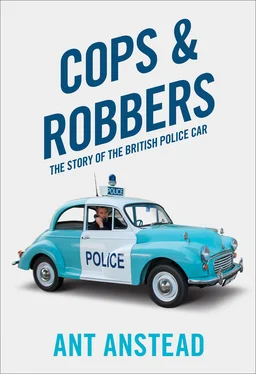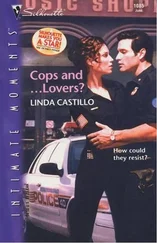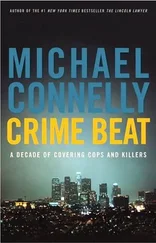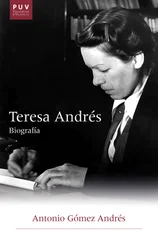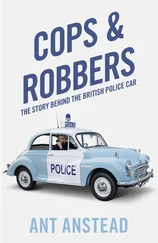The Statute of Winchester in 1285, which summed up and made permanent the basic obligations of government for the preservation of peace and the procedures by which to do this, really marks the beginning of the concept of nationwide policing in the UK. Two constables were appointed in every hundred, with the responsibility for suppressing riots, preventing violent crimes and apprehending offenders. They had the power to appoint ‘Watches’, often of up to a dozen men, or arm a militia to enable them to do this. The Statute Victatis London was passed in the same year to separately deal with the policing of the City of London, and, amazingly, today the City of London Police, dealing only with the ‘square mile’, remain a separate entity to the larger Metropolitan Police. The current City Police Headquarters is built on part of the site of a Roman fortress that probably housed some of the London’s first ‘police’, and these ‘square mile’ officers can be distinguished out on the streets by the red in their uniform and by their red cars.
By the end of the thirteenth century the title ‘Constable’ had acquired two distinct characteristics: to be the executive agent of the parish and a Crown-recognised officer charged with keeping the king’s peace. This system reached its height under the Tudors, then the oath of the Office of Constable was formerly published in 1630, although it had been enacted for many years previous to that. Sadly, this arrangement disintegrated somewhat during the seventeenth and eighteenth centuries, and nationally nothing replaced it fully until the Victorian era. However, all police officers still hold the Office of Constable, and when I was appointed as a Constable, in 1999, I too had to take a similar oath in a rather splendid passing-out parade.
London led the way in the development of policing because by 1700 one in ten of England’s population lived in the metropolis, and the population of the area would rise to over a million before the century was out. Sir Thomas de Veil, a silk merchant-turned-soldier-turned-political lobbyist, became a Justice of the Peace in 1729 and worked out of his office in Scotland Yard. He conducted criminal hearings, moving to Bow Street in 1740, and as the first magistrate to set up court there effectively created the Bow Street Magistrates’ Court. His ideas for curtailing crime were ambitious, and, following his death in 1746, the novelist Henry Fielding was appointed Principal Justice for the City of Westminster in 1748 together with his brother, Sir John Fielding. They appointed a group of ‘thief takers’ as they were initially called, who were paid a retainer to apprehend criminals on the orders of the magistrates. These men soon became known as the Bow Street Runners; by 1791 they had adopted a uniform, and by 1830 over 300 officers were based in Bow Street, some using horses in the battle against crime.
A similar process happened in Scotland, where the first body in Britain to actually be called a police force was set up by Glasgow magistrates in 1779. It was led by Inspector James Buchanan and consisted of eight officers, but by 1781 it had failed, through lack of finance. However, the force was revived in 1788 and each of its members was kitted out with uniforms with numbered ‘police’ badges on, in return for lodging £50 with magistrates to guarantee their good conduct. The force of eight provided 24-hour patrols (supplementing the police watchmen, who were on static points throughout the night) to prevent crime and detect offenders. Their list of duties, which would fit comfortably into the basic duties of policing today, included:
• Keeping record of all criminal information.
• Detecting crime and searching for stolen goods.
• Supervising public houses, especially those frequented by criminals.
• Apprehending vagabonds and disorderly persons.
• Suppressing riots and squabbles.
• Controlling carts and carriages.
Thus Glasgow had established the concept of preventative policing, and it’s hard not to wonder just how much knowledge of this Robert Peel had or how much inspiration he perhaps took from Glasgow’s pioneering force when he brought this idea into Parliament forty years later. On 30 June 1800, the Glasgow Police Act 1800 received Royal Assent, and John Stenhouse, a city merchant, was appointed Master of Police in September 1800. He immediately set about organising and recruiting a force, appointing three sergeants and six police officers and dividing them into sections of one sergeant and two police officers to each section – to some extent copying military practice while also pioneering a line of command that is not unfamiliar today.
However, in order to understand the history of policing in England we must also look at the most efficient freight vehicles of the eighteenth century – boats. The modern police service has its roots in a river security force that was set up by Patrick Colquhoun in 1798. He persuaded fellow merchants to pay into the scheme, which was designed to combat the epidemic of cargo thefts in the Pool of London (a stretch of the Thames), and which, in 1799 remember, amounted to over half a million pounds. The area was so congested it was said to be possible (most of the time) to walk across the Thames simply by stepping from ship to ship. The government absorbed this service in 1800 and renamed it the Thames River Police.
When reformist Robert Peel (whose Christian name is the reason why police are still commonly referred to as bobbies) became Home Secretary in 1822, his initial attempts to create a national police force failed. However, he succeeded in putting through the Metropolitan Police Act in 1829, creating a force with just over a thousand officers. Peel was determined to establish professional policing in the rest of England and Wales, and the Special Constables Act of 1831 allowed Justices of the Peace (JPs) to conscript men as special constables to deal with riots, and this was built on by the Municipal Corporations Act 1835, which established regular police forces under the control of new democratic boroughs, 178 in all. It was not a great success and was often ignored; however, the later County and Borough Police Act 1856 built on the idea, committed proper financing and decreed that a rural police force was to be created in all counties; it was one of these, the county force of Hertfordshire, that I joined.
At this point in history there was still a way to go to achieve the police force that we have today, but the beginnings of our modern policing system could be seen in the counties and in Glasgow. By the 1860s a nationwide force of separate bodies acting to one set of rules and connected by transport links (horse-drawn initially, but increasingly using the railway system, which was expanding rapidly by 1850) existed. The car would eventually be invented in 1885, but police forces all over the world simply weren’t ready to manage this new and politically divisive mode of transport. Britain was no exception.
The Office of Constable: the basis of UK policing
On appointment, each police officer makes a declaration to ‘faithfully discharge the duties of the Office of Constable’, and all officers in England and Wales hold the Office of Constable, regardless of rank. They derive their powers from this and are servants of the Crown, not employees. The oath of allegiance that officers swear to the Crown is important as it means they are independent and cannot legally be instructed by anyone to arrest someone; they must make that decision themselves. The additional legal powers of arrest and control of the public that are given to them come from the sworn oath and warrant, which is as follows:
‘I do solemnly and sincerely declare and affirm that I will well and truly serve the Queen in the office of constable, with fairness, integrity, diligence and impartiality, upholding fundamental human rights and according equal respect to all people; and that I will, to the best of my power, cause the peace to be kept and preserved and prevent all offences against people and property; and that while I continue to hold the said office I will to the best of my skill and knowledge discharge all the duties there of faithfully according to law.’
Читать дальше
